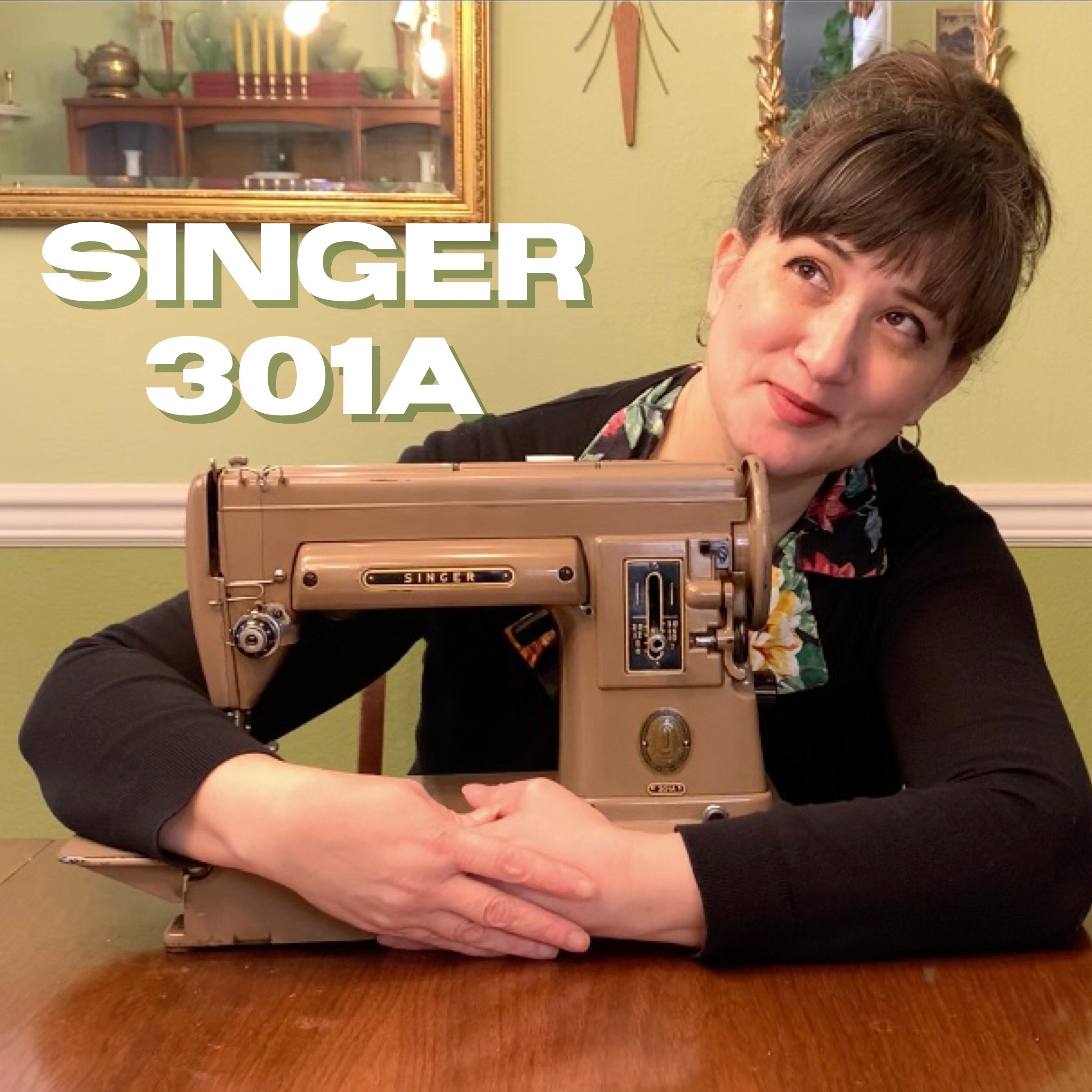Recent Finds & What To Work On Next
Tis’ the season for deals apparently. I’ve had a little lucky streak at thrift store and garage sales recently. Unfortunately, I haven’t really been motivated to actually sit down and sew much in my hot sewing room. (As an old timer PNW gal - we just don’t have A/C). Projects are lining up and I’ve hit a bit of a hump of what to work on next.
Here’s a closer look at the 401A’s cabinet.
I tried in vain looking for the model number on this vintage MCM Singer sewing cabinet that came with the 401A.
Sewing machine cabinet knowledge is a struggle bus for me. While there are some resources and groups out there. I haven’t found one really comprehensive spot yet. So, if you’re wondering what cabinet model this is - I don’t have an answer. Mahogany wood, side door swing, MCM style for a 401A cabinet thingie. Hahaha.
So far, folks want me to tackle that 401A first. I’ll probably do that. I do intend to have videos on all four of those items I show in the video, as well as a couple more already in progress. Once I get over my heat aversion that is.
Stay cool friends, xo-Thea






